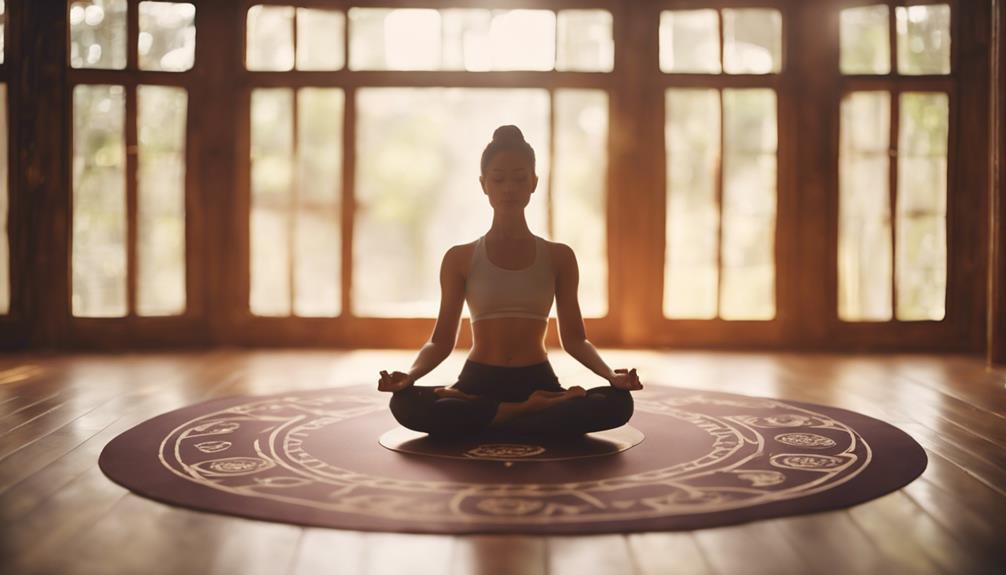How To Get A Yoga Certification

Yoga has transcended its origins to become a global phenomenon, attracting millions who seek not just physical fitness but also mental clarity and spiritual peace. For many, this journey leads to a desire to share their love for yoga through teaching. If you’re contemplating this path, you’re probably wondering how to get a yoga certification. This guide will walk you through everything you need to know, from understanding the types of certifications available to choosing the right program and beyond.
Understanding Yoga Certifications
Before diving into the specifics of how to get a yoga certification, it’s essential to understand what a yoga certification entails. Yoga certifications are typically offered by accredited organizations and institutions, allowing individuals to teach yoga professionally. The most recognized certification is the 200-hour Registered Yoga Teacher (RYT 200), but there are various levels, including 300-hour and 500-hour certifications. Each level builds upon the previous one, offering deeper insights into advanced practices, anatomy, and teaching methodologies.
Finding the Right Yoga Teacher Training Program
When considering how to get a yoga certification, the first step is selecting the right teacher training program. Factors to consider include the program’s reputation, the instructors’ qualifications, and the curriculum offered. Research various schools and read reviews from former students. Ensure that the program is accredited by reputable organizations like the Yoga Alliance, which sets standards for yoga teacher training programs. This accreditation guarantees that the training meets specific educational standards and is recognized globally.
Prerequisites for Yoga Certification
While many programs welcome beginners, some may have prerequisites. Understanding these can ease your journey on how to get a yoga certification. Some schools may require a certain number of yoga classes taken before applying. Others might suggest that you have a basic understanding of yoga principles and practices. If you’re new to yoga, consider attending classes regularly and immersing yourself in yoga philosophy through books and online resources. This foundational knowledge will prove invaluable during your training.
Related Posts:
Commitment to Training: Time and Effort
Getting a yoga certification requires a significant commitment of time and effort. Most 200-hour programs can be completed in 3 to 6 months, depending on whether you choose a full-time, part-time, or intensive format. Expect to engage in a mix of classroom learning, hands-on teaching practice, and self-study. This rigorous training is designed to develop your teaching skills, deepen your understanding of yoga, and foster personal growth. Be prepared to dedicate time outside of class for self-study, practice teaching, and homework.
Diving into the Curriculum: What to Expect
As you explore how to get a yoga certification, it’s crucial to familiarize yourself with the curriculum you’ll encounter. A standard yoga teacher training program will cover various aspects, including asana (postures), pranayama (breath control), meditation, anatomy, and teaching methodology. Additionally, many programs incorporate yoga philosophy, ethics, and business practices for yoga teachers. This comprehensive approach ensures that you are well-equipped to lead classes and support your students effectively.
Gaining Teaching Experience: Practice Makes Perfect
One of the most valuable aspects of any yoga certification program is the opportunity to gain practical teaching experience. Most programs require students to teach their peers, which helps build confidence and refine teaching skills. In addition to practice teaching, many programs encourage students to seek opportunities outside of their training, such as volunteering at local studios or community centers. This hands-on experience is vital for understanding how to connect with students and foster a supportive learning environment.
Completing Your Yoga Certification: The Final Steps
Once you’ve completed your training, you’ll need to take a final assessment to earn your certification. This might include a written exam, a practical teaching assessment, or both. Successfully passing these assessments is a crucial step in how to get a yoga certification. Upon completion, you’ll receive your certification, which allows you to register with the Yoga Alliance if you’ve completed an accredited program. This registration enhances your credibility and opens doors to teaching opportunities worldwide.
Continuing Education and Career Opportunities
After obtaining your yoga certification, the learning doesn’t stop there. The yoga community emphasizes lifelong learning, and many certified instructors pursue additional certifications in specialized areas, such as prenatal yoga, children’s yoga, or yoga therapy. Continuing education not only deepens your knowledge but also enhances your teaching credentials. As you embark on your teaching journey, consider joining local yoga studios, offering classes online, or even starting your own yoga business. The opportunities are vast, and your certification is just the beginning of a fulfilling career.
Conclusion
Pursuing a yoga certification is a rewarding journey that opens up a world of possibilities. By understanding the various steps involved and committing to your training, you can navigate the process effectively. Remember to choose the right program, engage deeply with the curriculum, and gain as much practical experience as possible. With your certification in hand, you’ll be well-prepared to share the transformative power of yoga with others and inspire them on their wellness journeys. Whether you’re aiming to teach full-time or simply want to deepen your practice, becoming a certified yoga instructor can be an incredibly fulfilling endeavor.Is The Yoga Go App LegitYoga For Weight Loss